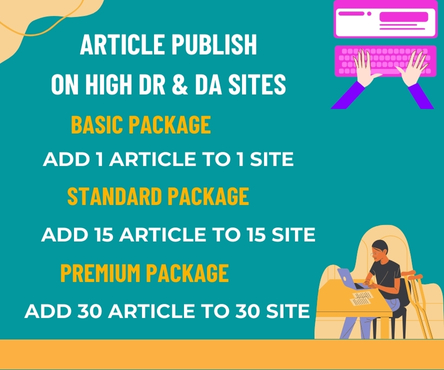For startups, securing funding is a critical milestone that can make or break their journey to success. Venture capital funding, in particular, plays a vital role in scaling businesses, with Series A and Series B being two pivotal rounds. While both stages are essential, they serve distinct purposes and come with unique expectations. In this article, we’ll delve into the significance of series A vs Series B funding, highlighting their differences and importance for startup growth.
Series A Funding: Laying the Foundation
Series A funding typically occurs after the seed round and is usually the first significant investment in a startup. This round usually involves venture capital firms and angel investors, with funding ranging from $2 million to $15 million. The primary focus of Series A funding is to:
- Validate the business model: Investors assess the startup’s market potential, competitive advantage, and revenue streams.
- Scale customer acquisition: Funds are used to expand the customer base, enhance marketing efforts, and refine sales strategies.
- Build the team: Key hires are made to strengthen the management, product development, and operational capabilities.
Series B Funding: Accelerating Growth
Series B funding builds upon the momentum established during Series A, typically securing $7 million to $40 million in investment. This round is often led by venture capital firms, with participation from existing investors. The primary objectives of Series B funding are:
- Expand market reach: Funds are utilized to enter new markets, explore adjacent industries, or enhance international presence.
- Optimize operations: Investments are made in technology, processes, and infrastructure to streamline operations and boost efficiency.
- Further product development: R&D efforts focus on enhancing existing products or developing new offerings.
Key Differences Between Series A and Series B Funding
| Criteria | Series A | Series B |
|---|---|---|
| Focus | Validate business model, scale customer acquisition | Accelerate growth, expand market reach |
| Funding Amount | $2M-$15M | $7M-$40M |
| Investor Profile | Venture capital firms, angel investors | Venture capital firms, existing investors |
| Team Building | Initial key hires | Strategic additions to leadership and specialized roles |
| Market Presence | Establish market presence | Expand market reach and explore new industries |
Conclusion
Series A and Series B funding serve distinct purposes in a startup’s growth journey. While Series A focuses on validating the business model and scaling customer acquisition, Series B accelerates growth, expands market reach, and optimizes operations. Understanding these differences is crucial for entrepreneurs seeking to navigate the complex funding landscape and secure the necessary capital to propel their businesses forward.
By recognizing the significance of each funding stage, startups can strategically position themselves for long-term success, capitalize on emerging opportunities, and create lasting impact in their respective industries.

